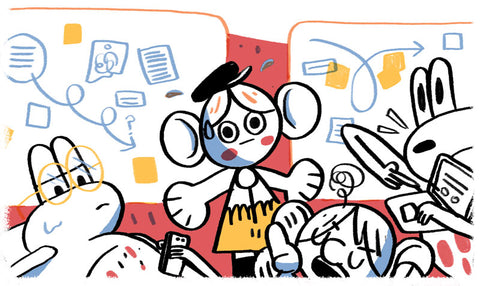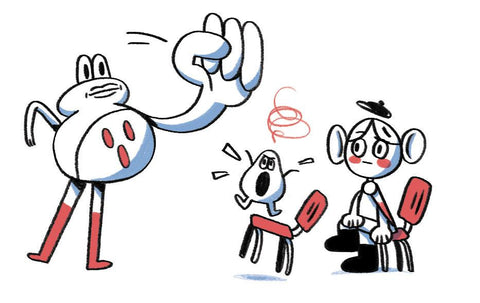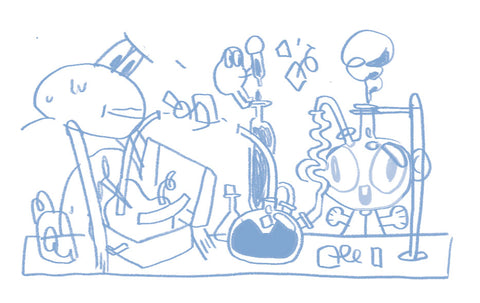Two designers. One has three years of experience. The other has 10 years of experience.
Who is the better designer?
10 years of experience sounds impressive. A decade honing their craft? They must be good!
Not in this case.
Why is the designer with three years of experience better? They are a Vulnerable Designer, and the other is a Comfortable Designer.
The Comfortable Designer: The designer who has repeated the same year’s experience, over and over. They have learnt nothing new - coasting on their ability.
The Vulnerable Designer: The designer who has put a concerted effort into learning from their experience by consistently putting themselves outside their comfort zone.
The Comfortable Designer spent the past decade in fear. Their modus operandi was to avoid the chance of failure and feedback.
We all experience this anxiety or ‘imposter syndrome’. It’s the fear of being called out for being a fraud. It causes us to make a choice. Play it safe and fly under the radar. Or risk being ‘found out’ when you humbly, and vulnerably ask for help
Experience does not guarantee the ability to learn. The Vulnerable Designer made a choice. Instead of passively absorbing an experience, they proactively learnt from it. This designer sought feedback. Found a mentor. Tried and failed at things they knew they were terrible at. They consistently put themselves outside their comfort zone.
There is, of course, a natural kind of growth that happens when you experience situations enough times. There is no shortcut to ‘getting the reps’ in as it were. That’s why the 10-year accolade is perceived so highly.
Unfortunately, it doesn’t mean those 10-years have been valuable. To continue the weight lifting analogy, if you don’t push beyond your current limits - muscle does not develop.
If you do one million reps, but don’t increase the weight or intensity - you will not build muscle.
If you design for 10 years but don’t expose your practice to new methods, ideas and contexts - you will not develop. You’ll just have a status-signal for your LinkedIn profile.
When was the last time you consciously pushed yourself to learn something new?
Here are a few ideas for you:
- Seek out feedback from your peers
- Say yes to opportunities that scare you
- Observe other great designers in action
- Practice something specific, repeatedly
- Reflect on why something went well - and even more valuably, why it failed.
“If it scares you, it might be a good idea to try” - Seth Godin.








